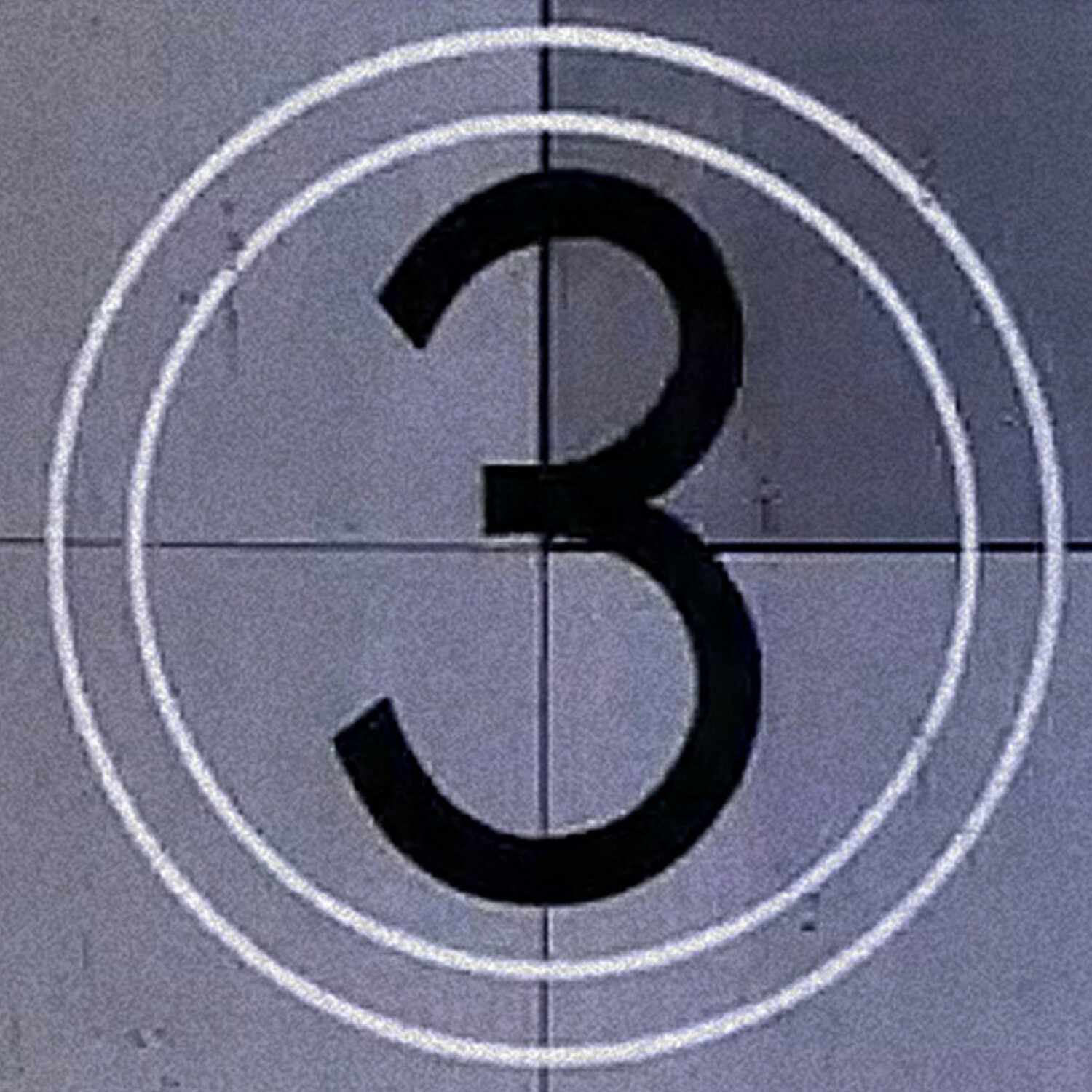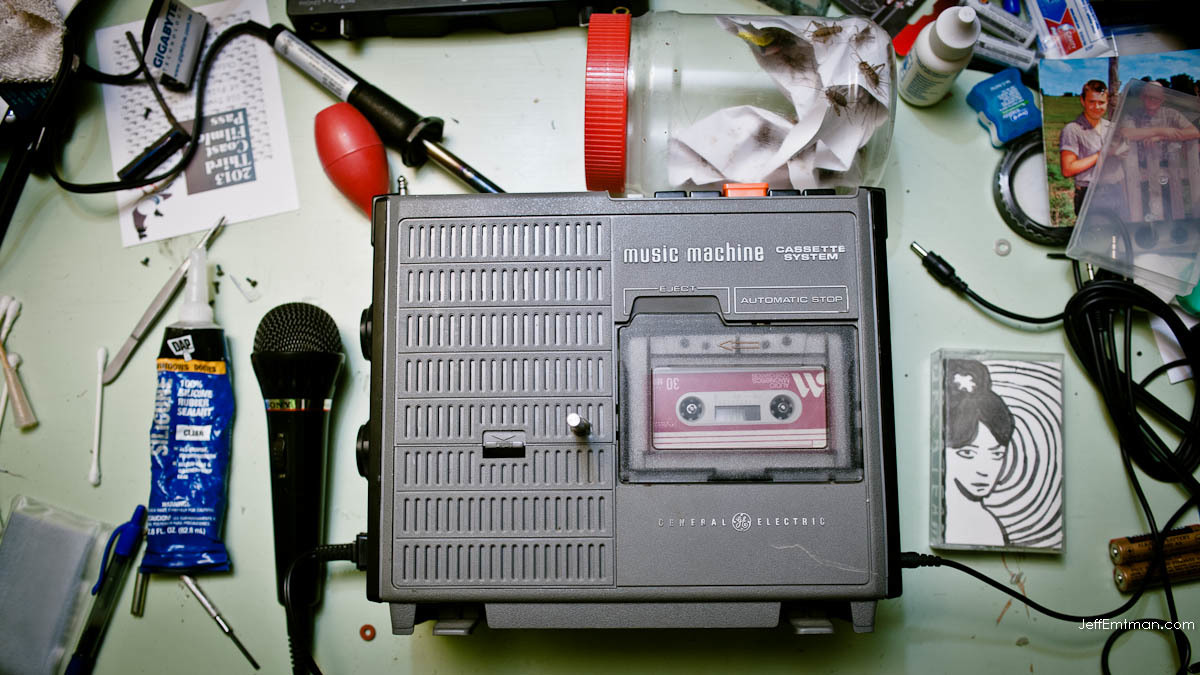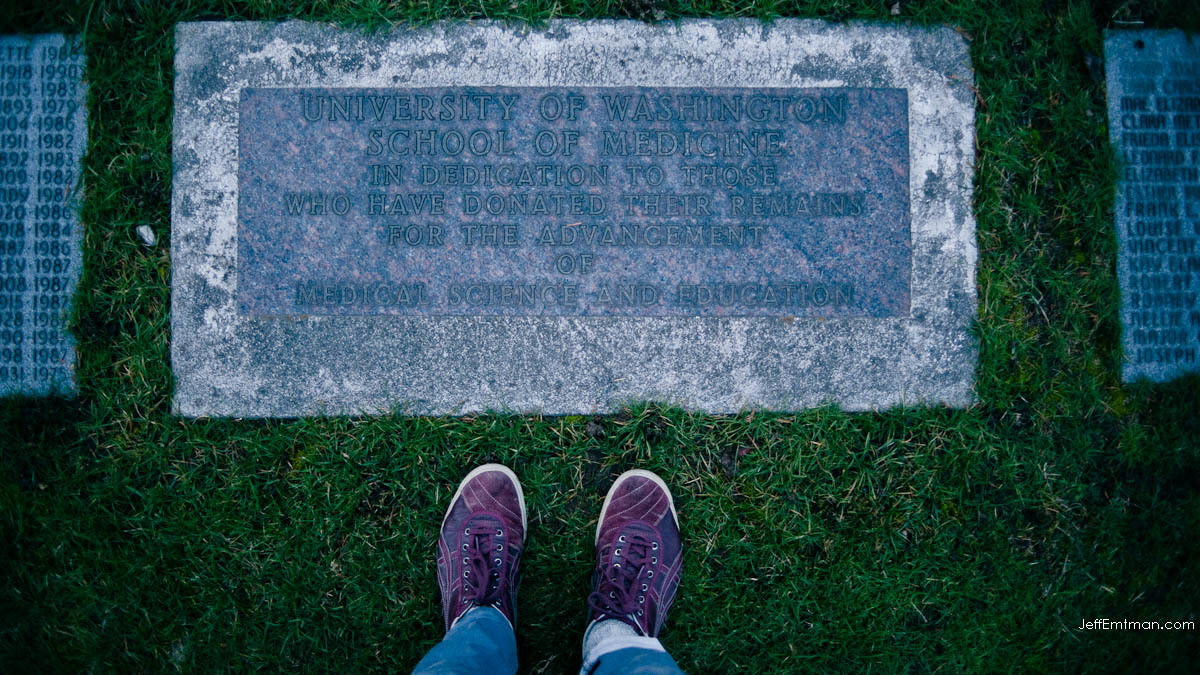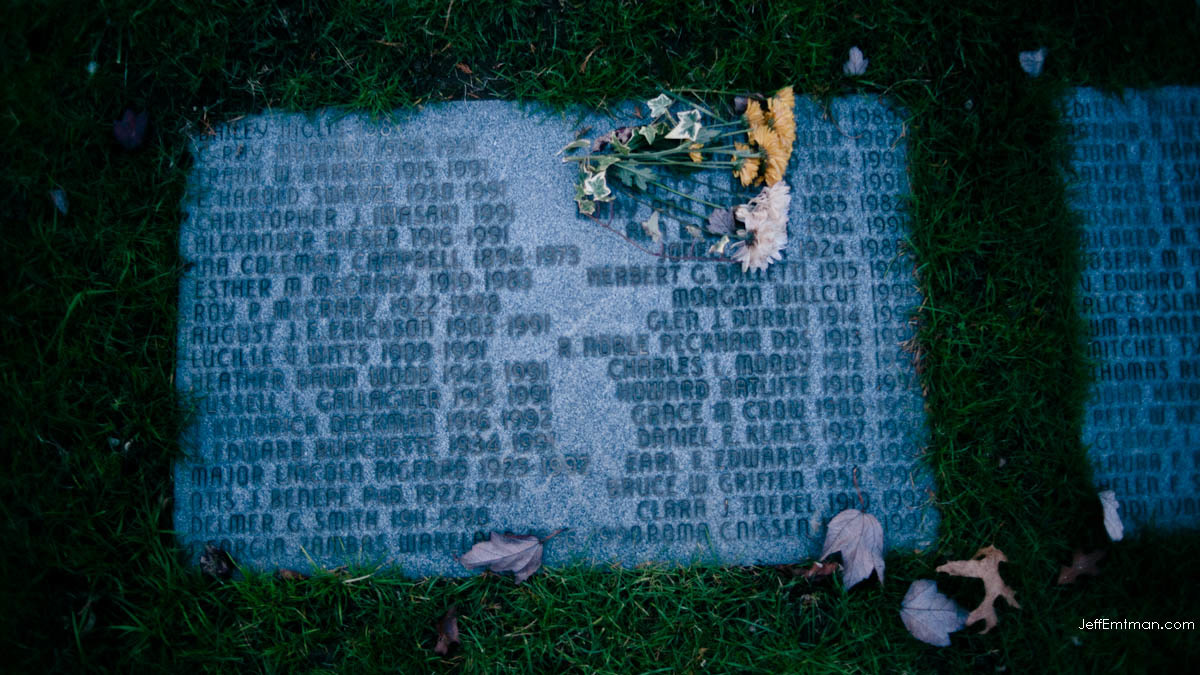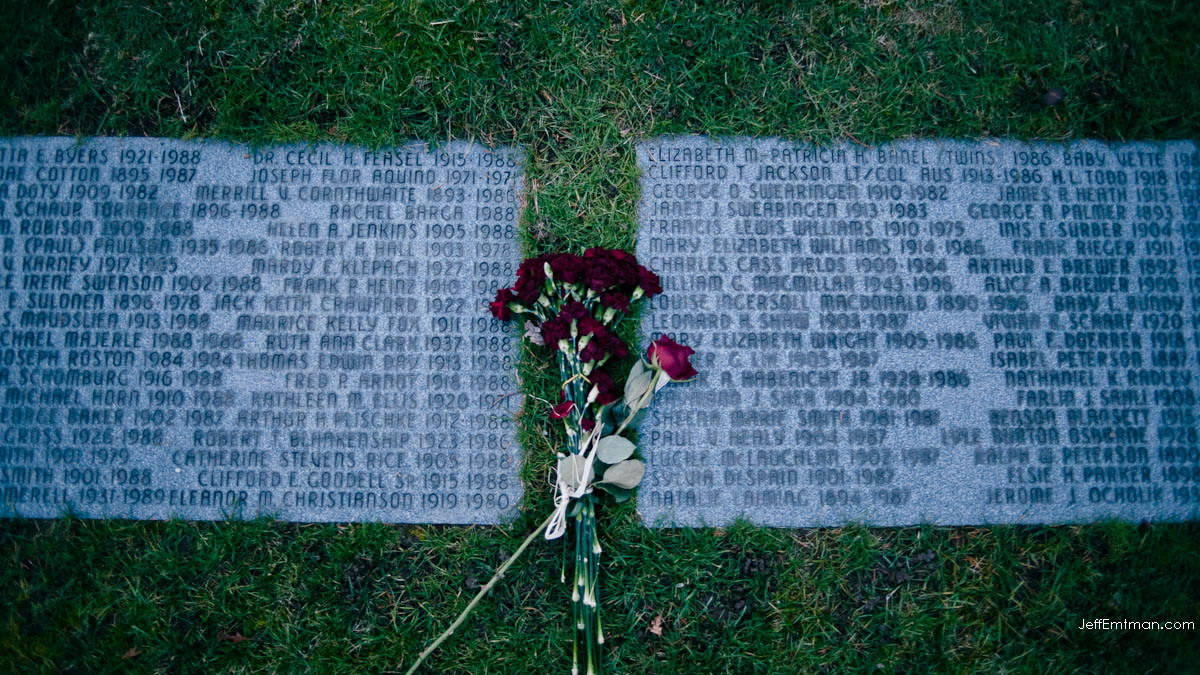HBM083: Sweet Like Snap Peas
/Cemetery asparagus. Photo by Jeff Emtman.
Ryan Graves thinks that store-bought asparagus is as flavorless as potatoes. But that's just because he's spoiled on the really good stuff.
His preferred crop grows wild among the tombstones at Clinton Cemetery, hidden on an old gravel road between the towns of Pullman, Washington and Moscow, Idaho. Most who are buried there died over 100 years ago.
That intervening century left the cemetery mostly forgotten and overgrown. And Ryan thinks the deep-rooted asparagus taste so good because of the natural quality of their fertilizer.
Ryan Graves thinks that store-bought asparagus is as flavorless as potatoes. But that’s just because he’s spoiled on the really good stuff.
His preferred crop grows wild among the tombstones at Clinton Cemetery, hidden on an old gravel road between the towns of Pullman, Washington and Moscow, Idaho. Most who are buried there died over 100 years ago.
Ryan Graves also appears on HBM042: Deers. Jeff Emtman produced this episode.
Music: The Black Spot
We have a question for you:
What will be unknowable to the archaeologists 3 million years from now? What is understandable only to people of today?
Send a voice memo to HBMpodcast@gmail.com. Or leave a message on our voicemail: (765) 374-5263. We may include your audio in an upcoming episode.









